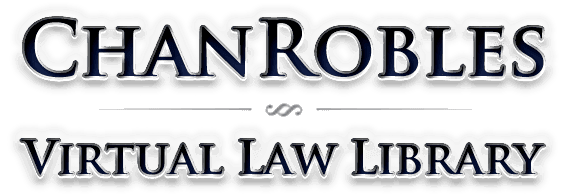49 C.F.R. § 229.129 Audible warning device.
Title 49 - Transportation
Link to an amendment published at 71 FR 47666, Aug. 17, 2006. (a) Each lead locomotive shall be provided with an audible warning device that produces a minimum sound level of 96dB(A) and a maximum sound level of 110 dB(A) at 100 feet forward of the locomotive in its direction of travel. The device shall be arranged so that it can be conveniently operated from the engineer's usual position during operation of the locomotive. (b)(1) Each locomotive built on or after June 24, 2005 shall be tested in accordance with this section to ensure that the horn installed on such locomotive is in compliance with paragraph (a) of this section. Locomotives built on or after June 24, 2005 may, however, be tested in accordance with an acceptance sampling scheme such that there is a probability of .05 or less of rejecting a lot with a proportion of defectives equal to an AQL of 1% or less, as set forth in 7 CFR part 43. (2) Each locomotive built before June 24, 2005 shall be tested in accordance with this section before June 24, 2010 to ensure that the horn installed on such locomotive is in compliance with paragraph (a) of this section. (3) Each locomotive when rebuilt, as determined pursuant to 49 CFR 232.5, shall be tested in accordance with this section to ensure that the horn installed on such locomotive is in compliance with paragraph (a). (c) Testing of the locomotive horn sound level shall be in accordance with the following requirements: (1) A properly calibrated sound level meter shall be used that, at a minimum, complies with the requirements of International Electrotechnical Commission (IEC) Standard 61672–1 (2002–05) for a Class 2 instrument. (2) An acoustic calibrator shall be used that, at a minimum, complies with the requirements of IEC Standard 60942 (1997–11) for a Class 2 instrument. (3) The manufacturer's instructions pertaining to mounting and orienting the microphone; positioning of the observer; and periodic factory recalibration shall be followed. (4) A microphone windscreen shall be used and tripods or similar microphone mountings shall be used that minimize interference with the sound being measured. (5) The test site shall be free of large reflective structures, such as barriers, hills, billboards, tractor trailers or other large vehicles, locomotives or rail cars on adjacent tracks, bridges or buildings, within 200 feet to the front and sides of the locomotive and microphone. The locomotive shall be positioned on straight, level track. (6) Measurements shall be taken only when ambient air temperature is between 32 degrees and 104 degrees Fahrenheit inclusively; relative humidity is between 20 percent and 95 percent inclusively; wind velocity is not more than 12 miles per hour and there is no precipitation. (7) With the exception of cab-mounted or low-mounted horns, the microphone shall be located 100 feet forward of the front knuckle of the locomotive, 15 feet above the top of the rail, at an angle no greater than 20 degrees from the center line of the track, and oriented with respect to the sound source according to the manufacturer's recommendations. For cab-mounted and low-mounted horns, the microphone shall be located 100 feet forward of the front knuckle of the locomotive, four feet above the top of the rail, at an angle no greater than 20 degrees from the center line of the track, and oriented with respect to the sound source according to the manufacturer's recommendations. The observer shall not stand between the microphone and the horn. (8) Background noise shall be minimal: the sound level at the test site immediately before and after each horn sounding event shall be at least 10 dB(A) below the level measured during the horn sounding. (9) Measurement procedures. The sound level meter shall be set for A-weighting with slow exponential response and shall be calibrated with the acoustic calibrator immediately before and after compliance tests. Any change in the before and after calibration levels shall be less than 0.5 dB. After the output from the locomotive horn system has reached a stable level, the A-weighted equivalent sound level (slow response) for a 10-second duration (LAeq, 10s) shall be obtained either directly using an integrating-averaging sound level meter, or recorded once per second and calculated indirectly. The arithmetic-average of a series of at least six such 10-second duration readings shall be used to determine compliance. The standard deviation of the readings shall be less than 1.5 dB. (10) Written reports of locomotive horn testing required by this part shall be made and shall reflect horn type; the date, place, and manner of testing; and air flow and sound level measurements. These reports, which shall be signed by the person who performs the test, shall be retained by the railroad, at a location of its choice, until a subsequent locomotive horn test is completed and shall be made available, upon request, to FRA as provided by 49 U.S.C. 20107. (d) This section does not apply to locomotives of rapid transit operations which are otherwise subject to this part. [70 FR 21919, Apr. 27, 2005]
Title 49: Transportation
PART 229—RAILROAD LOCOMOTIVE SAFETY STANDARDS
Subpart C—Safety Requirements
Cabs and Cab Equipment
§ 229.129 Audible warning device.


